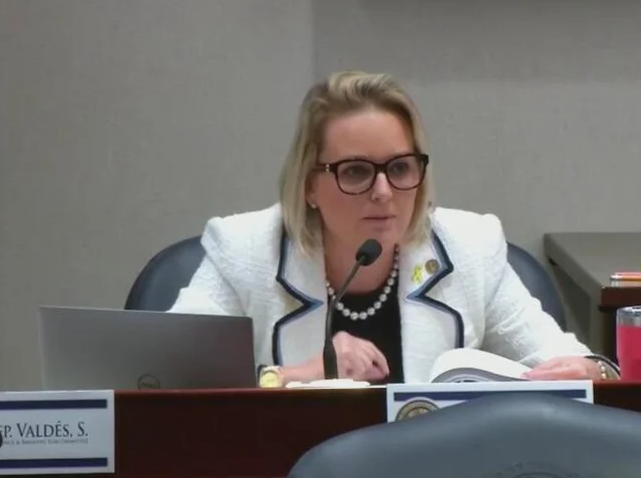Rick Tutwiler texted me a letter that Florida’s Chief Financial Officer wrote to Donald Trump asking Trump to solve Florida’s and the national insurance crisis. I have noted Rick in this blog: Rick Tutwiler—Public Adjuster Spotlight. Rick keeps up with insurance news, and his text to me said Jimmy Patronis was “finally admitting he failed to do his job.”
The federal government has almost nothing to do with regulating the United States property insurance market. Long ago, it ceded that responsibility to people governing the state insurance markets, like Jimmy Patronis.
Some people question whether this state system of insurance regulation is working because insurance rates are rising, the coverages are dwindling, and consumers are having the most difficult time fully and timely collecting for losses. The insurance industry is in bed with most of the state regulators. So, I do not understand why Jimmy Patronis criticizes the federal government for Florida’s current mess or why he does not take a leadership role, transparently explaining to Floridians why the current regulatory scheme is not working. Why does he ask Donald Trump to solve his job problems?
Many may find it quizzical for Patronis to call for the elimination of the Federal Insurance Office in his letter:
Dismantle the Federal Insurance Office (FIO) within the U.S. Treasury. The FIO is nothing more than the camel getting its nose under the tent where it doesn’t belong and making things worse. Every state is different, every state has its own unique set of issues, and regulation of insurance matters should be left up to the states. If California wants to regulate carriers out of existence, that’s their business. Florida wants a healthy market, and that’s why we have passed numerous reforms to put policyholders first.
It may be because the FIO warned of the possible current mess of state regulation almost 11 years ago. The FIO issued a study in December 2011 1 that challenged state regulators who are in charge of insurance regulation and insurance markets to address insurance company capitalization requirements, market rate determination, insurance affordability, and claims resolution practices harming consumers trying to collect benefits.
Patronis seems to be calling for the elimination of an organization that has criticized state regulation and warned long ago of the very problems we are now experiencing. For the person who is responsible for the smooth running of the insurance marketplace in Florida, no wonder he calls for that agency’s elimination.
To be fair, many of the current marketplace problems are intertwined with other states and the overall profitability of insurers. Catastrophes causing huge aggregate losses do not know where state boundaries are. Insurance losses in one geographic area impact insurance rates in another. It is the nature of insurance and the large pooling of insurance risks that makes the study of this more complex than just Florida.
The bottom line is that most people know when they are being played. We are not dummies. This type of open letter deflects criticism from those who voluntarily accepted the reasonability of overseeing the insurance marketplace to some sort of savior.
Life is not that easy, and neither is the answer to these difficult insurance marketplace issues. The answers require more effective collaboration between state regulators and without the real camel’s nose in the tent. The insurance industry is the real camel, and its nose is in deep with many state insurance regulators.
Thought For The Day
The challenge of leadership is to be strong, but not rude; be kind, but not weak; be bold, but not bully; be thoughtful, but not lazy; be humble, but not timid; be proud, but not arrogant; have humor, but without folly.
—Jim Rohn
1 Patricia born and Robert Klein, Best Practices for Regulating Property Insurance Premiums and Managing Natural Catastrophe Risk in the United States, National Association of Mutual Insurance Companies (NAMIC), Nov. 2015. (Available at: https://www.namic.org/pdf/151112_BestPracticesCombined.pdf)




